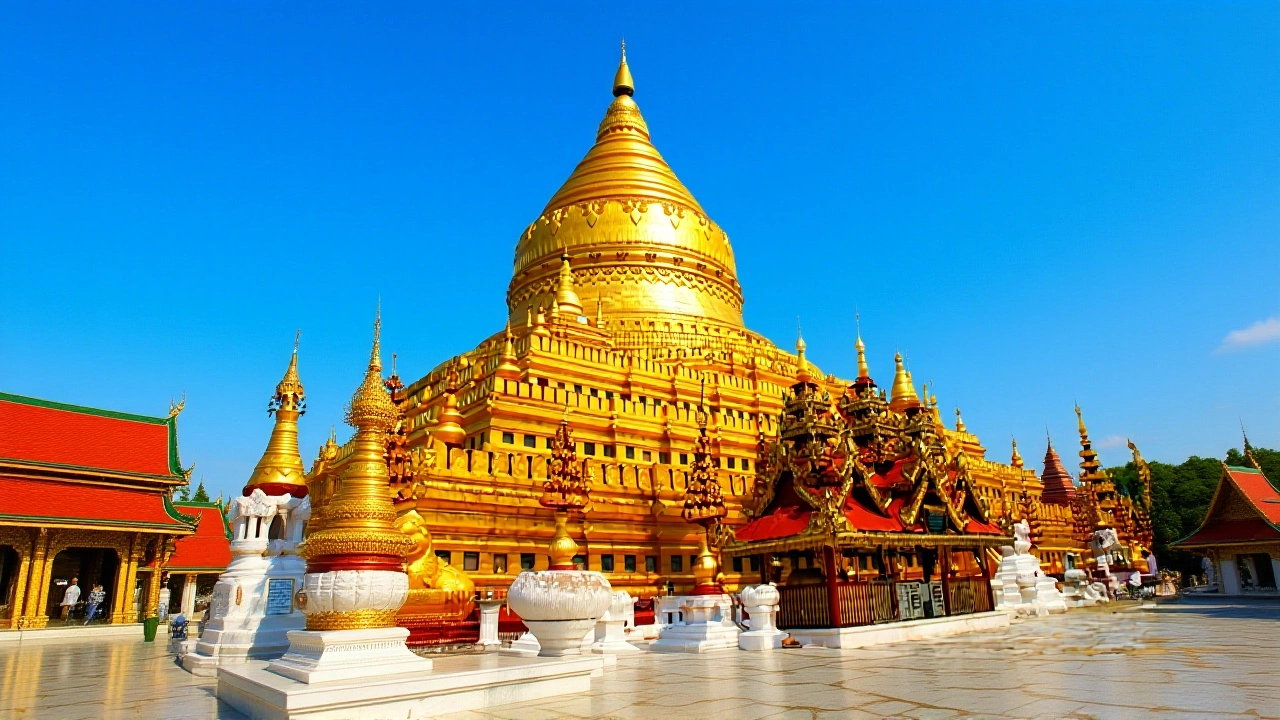United Nations – Global Peace, Security, and Development
When you hear the name United Nations, the worldwide intergovernmental organization founded in 1945 to promote peace, security, and cooperation among nations. Also known as UN, it serves as a platform where 193 member states discuss everything from climate change to human rights. The United Nations isn’t a single monolith; it’s a network of specialized agencies, programs, and bodies that each tackle a slice of the global puzzle. For example, the UN Security Council, the 15-member council responsible for maintaining international peace and authorizing peacekeeping missions can impose sanctions, establish no‑fly zones, or even authorize the use of force when global stability is at risk. Meanwhile, the Sustainable Development Goals, a set of 17 universal goals adopted in 2015 to end poverty, protect the planet, and ensure prosperity for all give the UN a concrete road map for long‑term progress. These goals drive everything from clean water projects in Sub‑Saharan Africa to renewable energy initiatives in Southeast Asia. And when conflicts erupt, the UN Peacekeeping, operations that deploy military, police, and civilian personnel to help countries transition from war to peace step in, providing security, facilitating elections, and supporting the return of displaced people. Together, these entities form a powerful trio: the Security Council decides when action is needed, the Peacekeeping forces deliver on‑the‑ground support, and the Sustainable Development Goals set the long‑term vision for rebuilding societies. That interplay is what makes the UN a unique engine for change, capable of shifting from diplomatic negotiations to hands‑on assistance in a single day.
How International Law Shapes UN Action
Underlying all these efforts is a framework of International Law, the set of rules, treaties, and customary practices that govern relations between states and other global actors. International law gives the UN its legitimacy and defines the limits of its authority. For instance, the Security Council’s resolutions are binding under the UN Charter, meaning member states must comply unless they invoke a legal objection. This legal backbone ensures that peacekeeping missions operate with clear mandates and that development programs align with agreed‑upon standards on human rights and environmental protection. When the UN launches a new initiative—say, a climate‑resilient agriculture program in Central America—it does so with reference to relevant international treaties, ensuring that the effort respects sovereignty while pushing global goals forward. By tying diplomatic, security, and development work to a shared legal foundation, the UN can coordinate actions across continents, sectors, and governments more effectively than any single nation could on its own. As you browse the stories below, you’ll see real‑world examples of how the Security Council’s decisions, the Sustainable Development Goals’ targets, and peacekeeping missions blend together, all under the guiding principles of international law, to shape a more stable and prosperous world.
UN Conference Addresses Myanmar Rohingya Crisis, $96 M Aid Pledged
The UN held a high‑level conference on Oct 1, 2025 to tackle the Rohingya crisis, securing $96 million in aid and outlining a plan for safe, voluntary returns to Myanmar.
